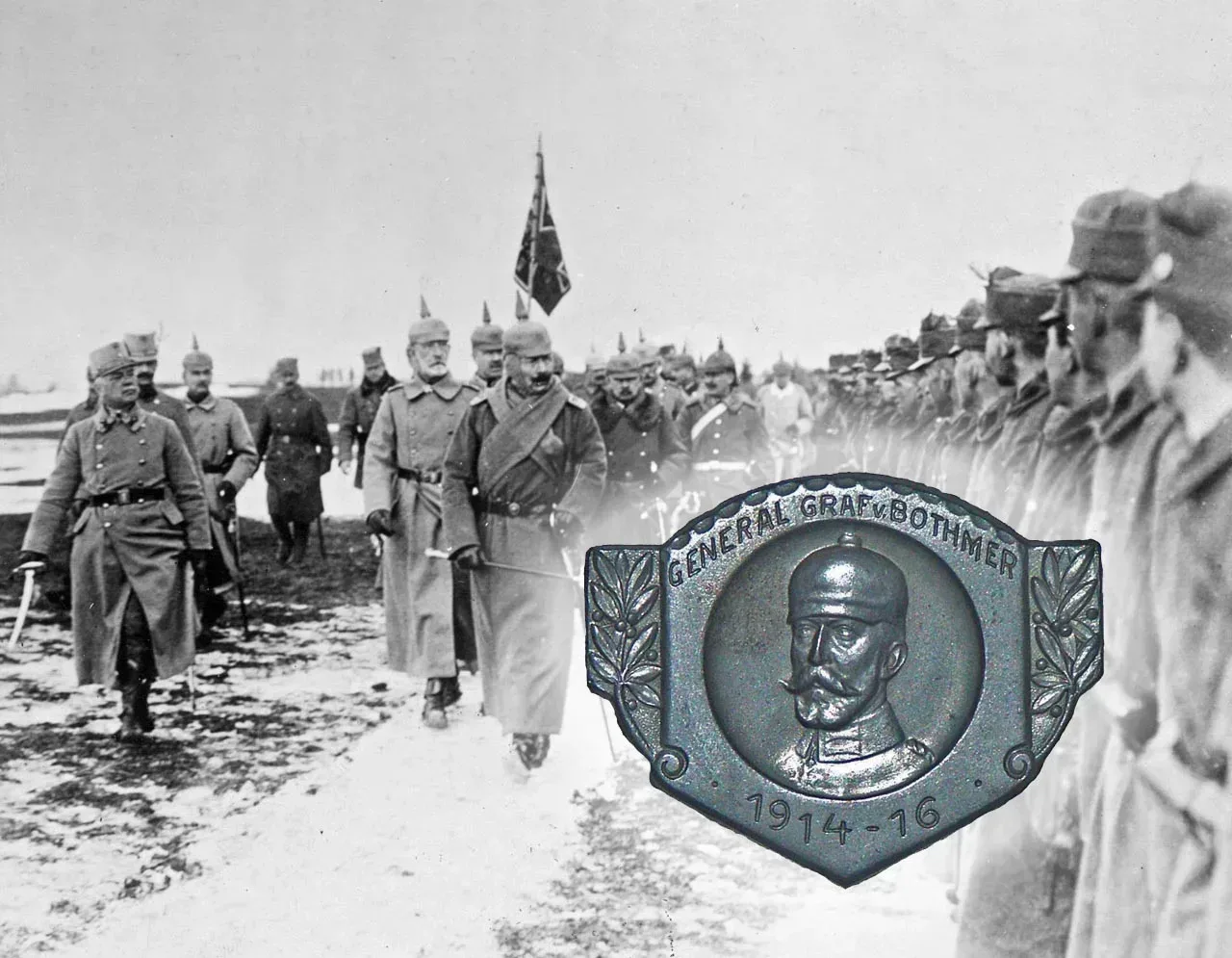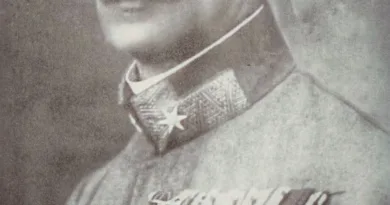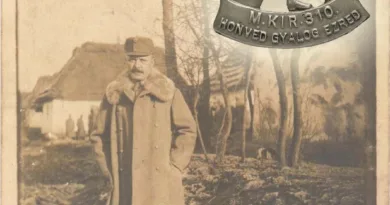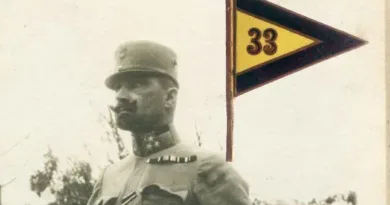Colonel general Felix von Bothmer
Military cooperation between the Monarchy and the German Empire became as close as possible as early as 1915. The troops of the two countries fought shoulder to shoulder to defend the Carpathian passes and conquer Russian-Poland. Many Austro-Hungarian regiments fought in corps under German command or armies. The German commanders enjoyed great respect in the army of the Monarchy, especially among the crew. At the same time, the officer corps, especially the chief officers and generals, were critical and often envious of the German generals. Felix von Bothmer joined the just establishing German Southern Army early 1915, the army which he was commanding until 1917. This army was mostly staffed by Austro-Hungarian crews, along with some German (Bavarian) divisions.

Bothmer was a Bavarian, and was formally member of the Bavarian armed force that was formally organized separately during the war. He was born in 1852 into an officer’s family. He received his staff training in Berlin and in 1910 he became an infantry general. He arrived in Hungary in March 1915 as a corps commander. He took command of the German Southern Army after the Gorlice breakthrough on July 6, 1915, from General Linsingen, who became commander of an army group on the Galician front. This army successfully resisted later the Brussilow offensive in the summer of 1916. Although his right flank was pushed back by the Russian 11th Army, Bothmer successfully slowed the Russian advance with counterattacks. In July 1915, under pressure from the renewed Russian attack, the German Southern Army also retreated to the forefront of the Carpathians, on the line of the river Zlota Lipa. He then held these positions successfully until December 1917. At that time, the German Southern Army was withdrawn from the force advancing on the collapsing front after the Russian Revolution, and was even abolished in February 1918, and its units were delocated into other armies. Bothmer was then transferred to France. The German Southern Army included A-H corpses: Corps Szurmay and Corps Hofmann, among others. The Turkish XV. corps was also assigned to this army: a truly international military unit!
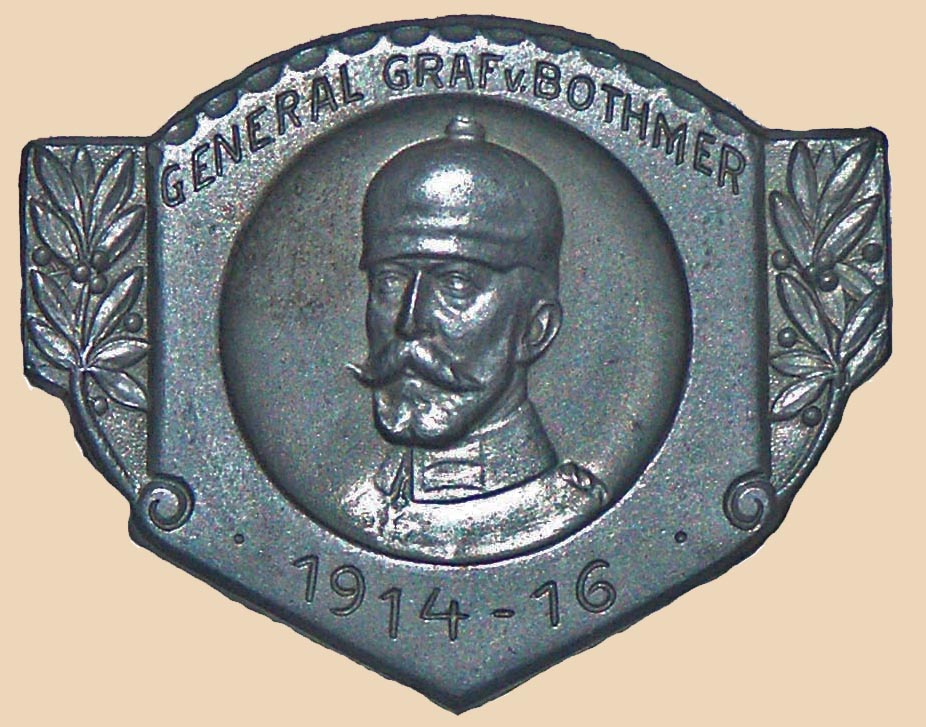
After the war, Bothmer was retired. He died in 1937. The badge is one of the ARKANZAS series of general portraits, albeit with a slightly unusual design. In the opening image, Bothmer, accompanied the German emperor, presumably in front of his own soldiers, who, judging by their uniforms, are Austro-Hungarian soldiers.

